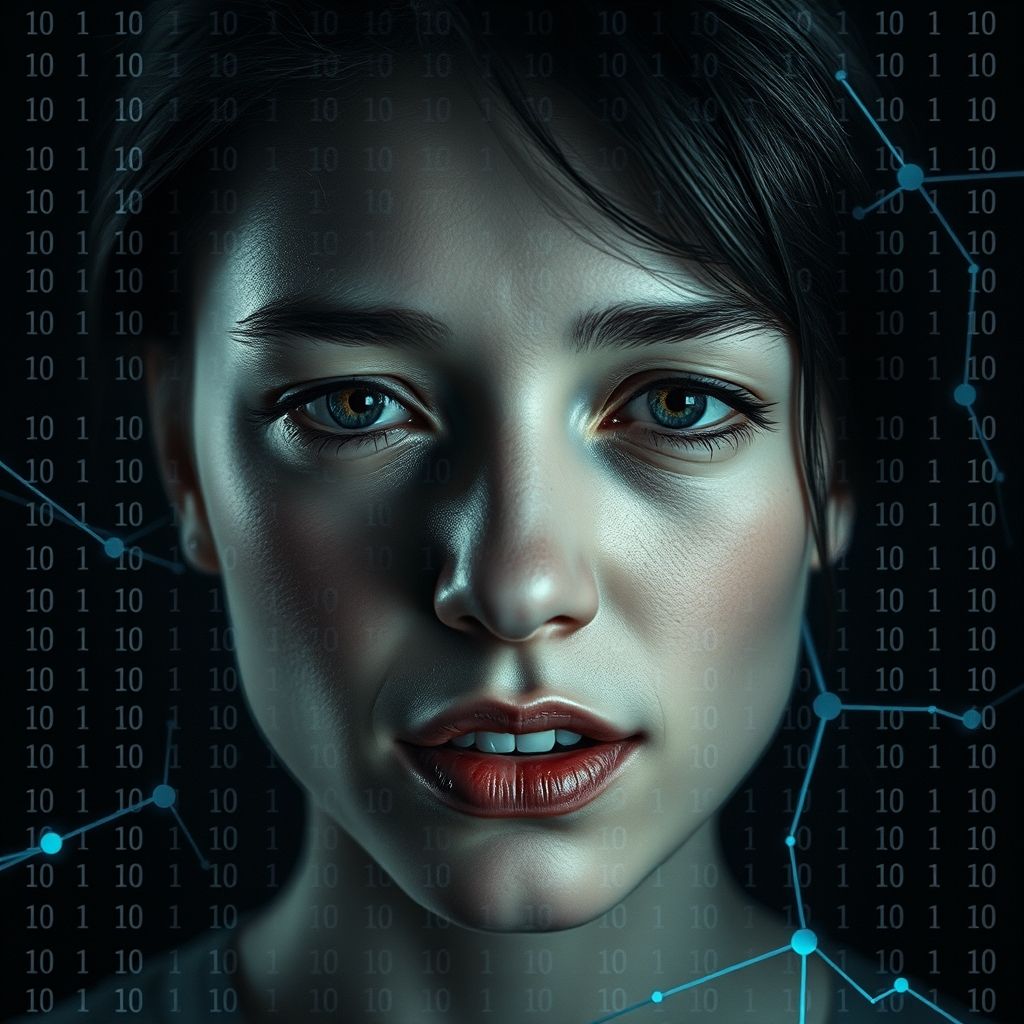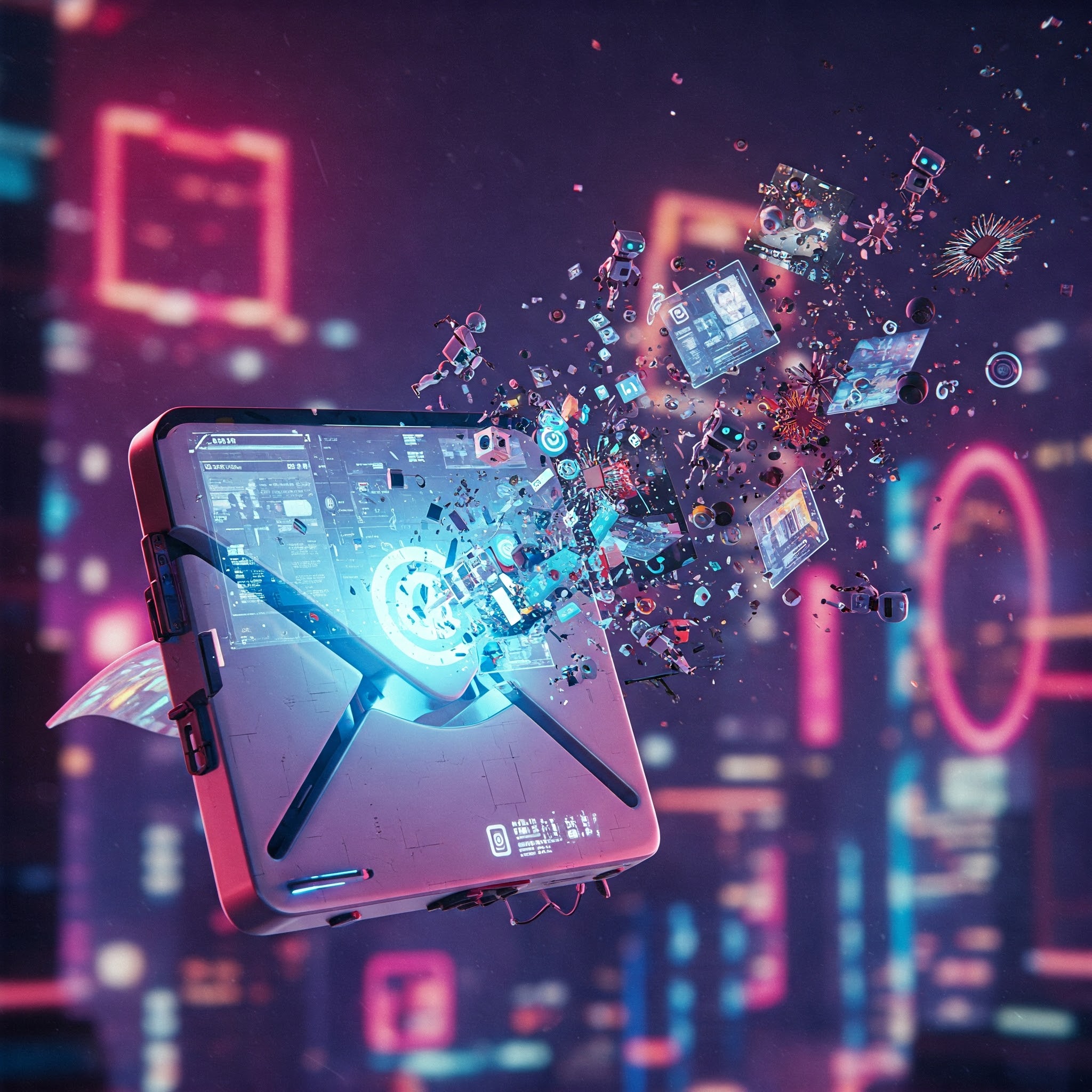The old adage, “I’ll believe it when I see it,” is officially obsolete. Generative AI (GenAI) has stormed the digital castle, and reality is now just another algorithmically-manipulated construct. We’re not just talking about Photoshopped pictures of cats playing the piano anymore. GenAI can conjure entire people, fabricate events, and rewrite history with a keystroke. Welcome to the post-truth era, brought to you by increasingly sophisticated code.
As a species, we’ve always been susceptible to believing what confirms our biases. But GenAI weaponizes this vulnerability with alarming precision. A doctored video can sway an election. A fabricated image can ruin a reputation. And the terrifying part? The tools are readily available and laughably affordable. Your neighbor, your rival, that guy who cuts you off in traffic – they can all become masters of illusion, armed with nothing more than a laptop and a grudge.
A recent study showed that people could only identify AI-generated images correctly 61% of the time back in 2022. Consider how exponentially these technologies have improved since. Your chances of spotting a deepfake today are probably worse than guessing heads or tails. Sleep tight.
Early detection methods focused on identifying glitches in AI-generated images. Wonky eyes were a classic giveaway. So were mangled teeth and suspiciously smooth skin. But these telltale signs are vanishing faster than integrity in a political campaign. The algorithms are learning, adapting, and evolving at a terrifying pace. They are now capable of producing photorealistic images with disturbing ease.
The genesis of this nightmare can be traced back to the rise of Generative Adversarial Networks (GANs). What started as a research project quickly mutated into a weapon of mass deception. The term “deepfake” itself emerged in 2017, when a Reddit user (aptly named “deepfakes”) unleashed synthetic celebrity pornography upon the world. The genie was out of the bottle, and Pandora’s Box was wide open.
Even pioneers like Yoshua Bengio, one of the architects of GANs, are now sounding the alarm. He’s advocating for AI regulation, a sentiment echoed by a growing chorus of experts who recognize the existential threat posed by unfettered AI development. Good luck with that. Regulatory bodies move at the speed of government, AI innovates at the speed of light.
Hao Li, a leading deepfake artist, offered a chilling assessment: “Soon, it’s going to get to the point where there is no way that we can actually detect ‘deepfakes’ anymore.” In other words, we’re rapidly approaching a point of no return. The truth will become indistinguishable from the lie, and reality will be whatever the algorithm dictates.
So, how do we fight back? The tech giants are supposedly developing deepfake detection algorithms. These algorithms analyze speech patterns, facial expressions, and even reflections in the eyes to identify synthetic content. But these measures are often inadequate. They struggle with low-resolution images, poor lighting, and subjects posing in unexpected ways.
Furthermore, these algorithms are reactive, not proactive. They’re constantly playing catch-up with the latest advancements in AI synthesis. It’s a digital arms race, and the deepfakers are always one step ahead. Traditional disinformation was bad enough. But deepfakes offer a new level of deception, allowing malicious actors to not only spread falsehoods but also to cast doubt on verifiable truths.
The implications are profound. Trust in institutions will erode. Conspiracy theories will flourish. And the very fabric of society will unravel as we descend into a state of perpetual uncertainty.
So, what can you do? Develop a healthy skepticism. Question everything you see and hear. Be aware of your own biases and vulnerabilities. And prepare for a world where seeing is no longer believing. The future is fake, and it’s coming for us all.



Leave a Reply